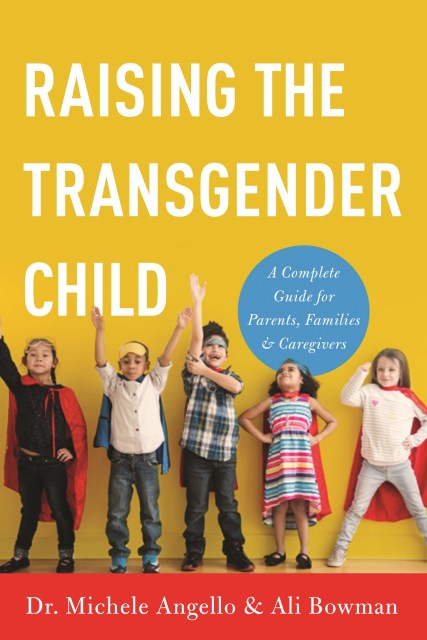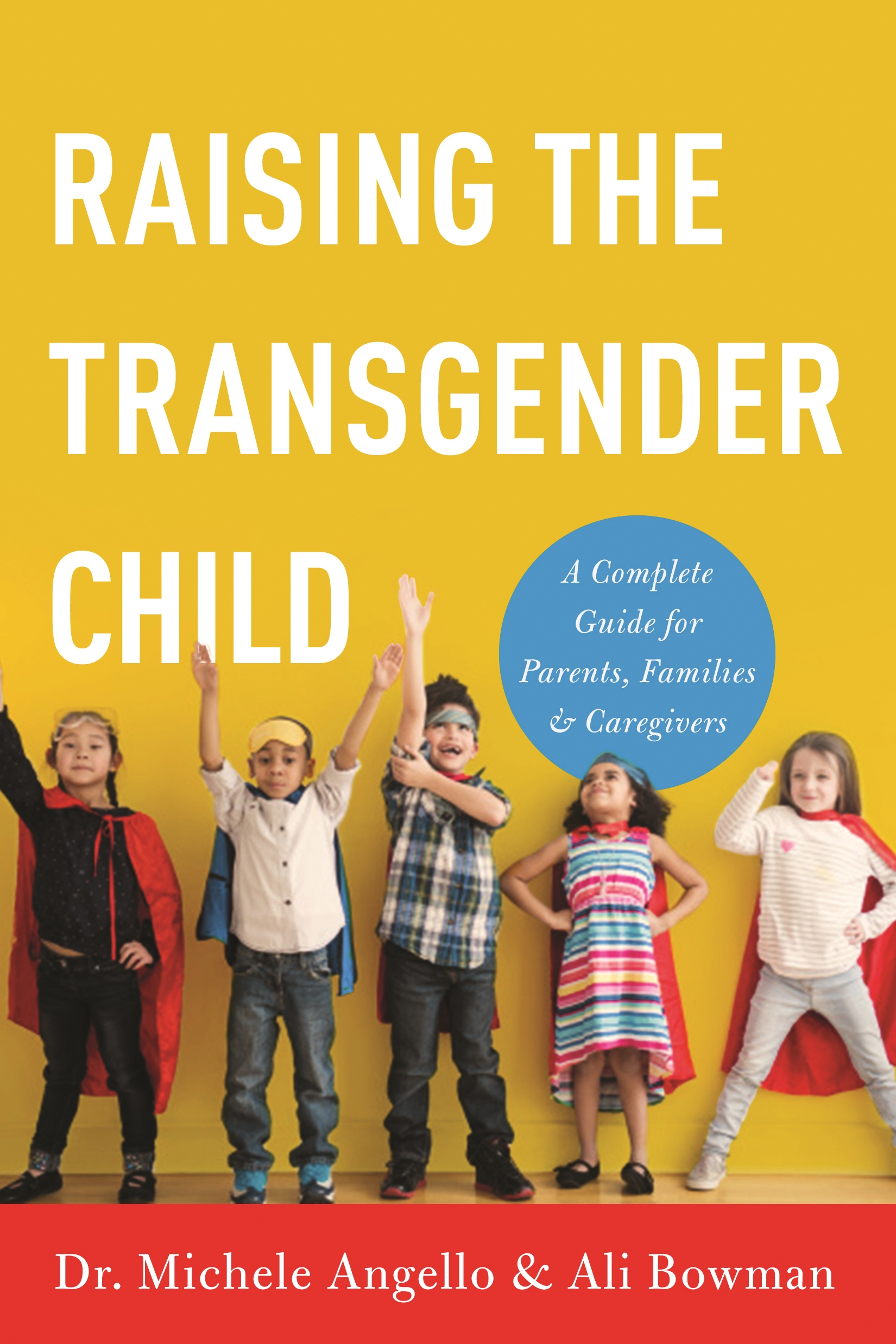Promotion
Use code BEST25 for 25% off storewide. Make sure to order by 11:59am, 12/12 for holiday delivery!
By clicking “Accept,” you agree to the use of cookies and similar technologies on your device as set forth in our Cookie Policy and our Privacy Policy. Please note that certain cookies are essential for this website to function properly and do not require user consent to be deployed.
Raising the Transgender Child
A Complete Guide for Parents, Families, and Caregivers
Contributors
By Ali Bowman
Formats and Prices
- On Sale
- Dec 13, 2016
- Page Count
- 224 pages
- Publisher
- Seal Press
- ISBN-13
- 9781580056366
Price
$11.99Price
$14.99 CADFormat
Format:
- ebook $11.99 $14.99 CAD
- Trade Paperback $21.99 $28.99 CAD
This item is a preorder. Your payment method will be charged immediately, and the product is expected to ship on or around December 13, 2016. This date is subject to change due to shipping delays beyond our control.
Buy from Other Retailers:
With specific and actionable advice including coming-out letters, identity challenges, school and caregiver communications, and more, this comprehensive guide provides a wealth of science-backed information alongside friendly and practical wisdom that is sure to comfort, guide, and inspire the family and friends of transgender and gender diverse children.
Newsletter Signup
By clicking ‘Sign Up,’ I acknowledge that I have read and agree to Hachette Book Group’s Privacy Policy and Terms of Use






